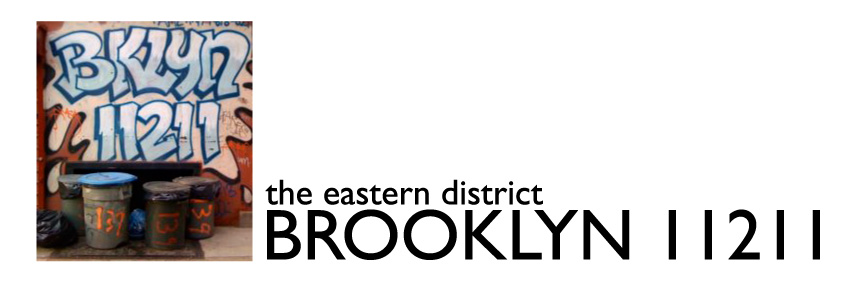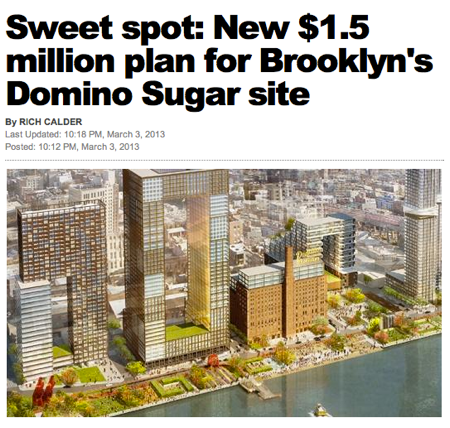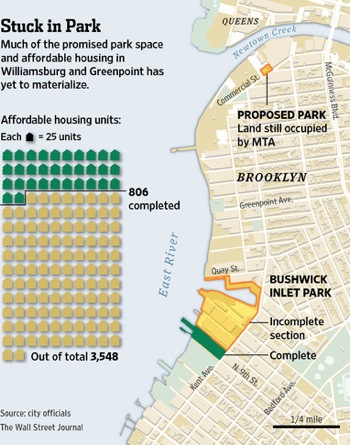The last thing Greenpoint ever wanted was a wall of buildings. This is the ugliest, scariest, most horrible plan.
It would have been great if all these people cared back in 2004 or so when all of this was getting approved. Olechowski is right – there was a lot of activism within the community to get a better plan out of the rezoning (going back to the mid 1990s), but what was approved is what was approved.
And except for the height of 77 Commercial, just about everything here is what was approved in 2005. And the height of 77 Commercial has an actual community benefit attached to it – a new park next door at 65 Commercial. Whether that is a trade-off worth making is another question.


